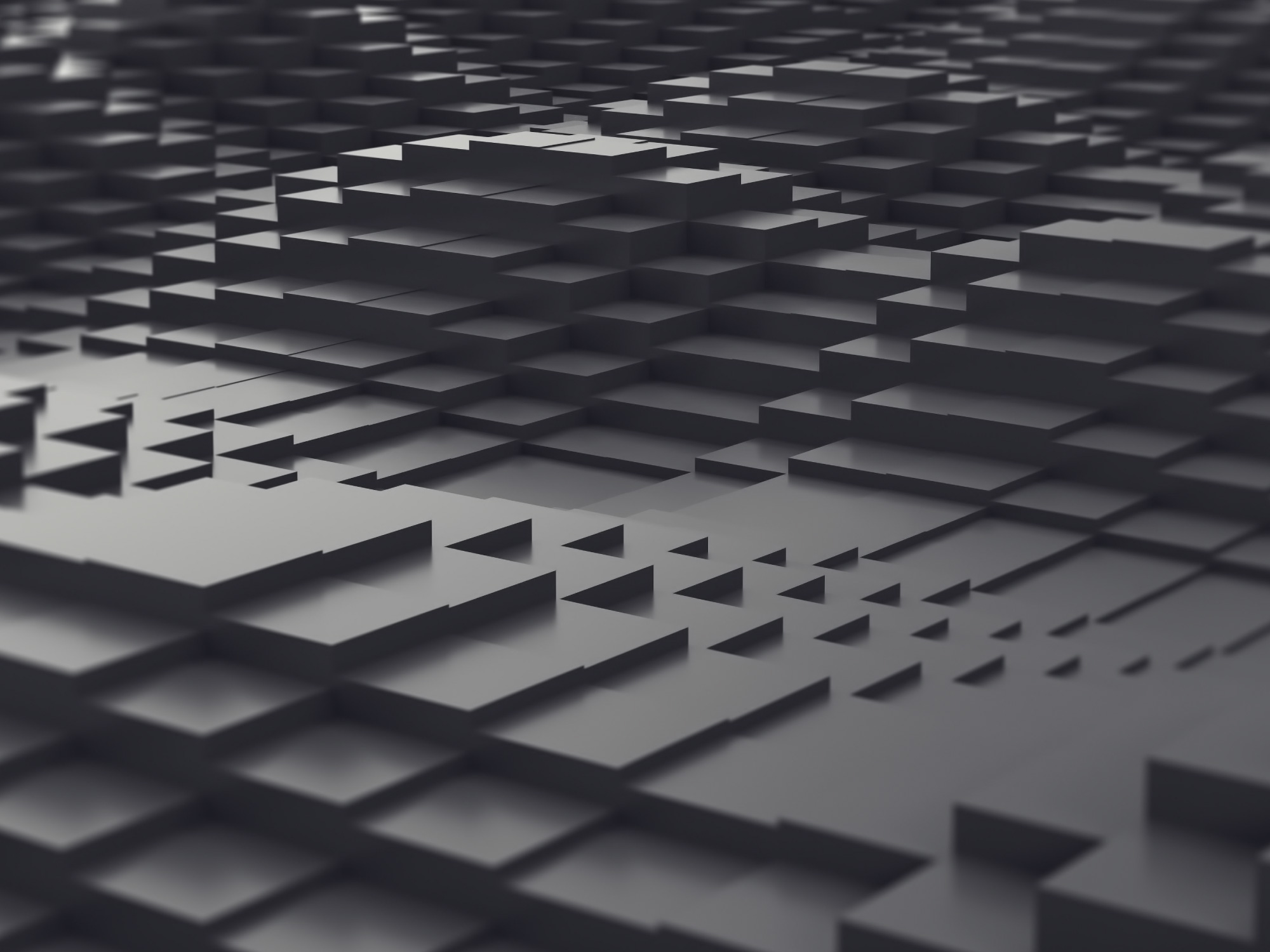The flow has some process steps similar/common with that proposed by CEA-Leti for the monolithic 3D (that by the way was partly generated by the idea of putting the SRAM on top of the logic as it was going to stagnate in density at some point). And one of the objections by foundries was that in the flow you mix font end and back-end processing. This not only creates issues for the contamination but also mess up the flow of wafers across the fab and the utilisation rate of the tools in currently designed fabs, it not only just a matter of adding a few tools. That is one of the main reason that this type of processes is going to appear only on completely new nodes in fabs thought specifically to address those issues and provided that the extra costs and the cycle times are still within market demands.
I share IanD opinion: in 30 years I have never seen a retrofit of new ideas in older technologies unless from a new player that had to do an initial qualification process anyway. I am from process but I have to say that design environment development and qualification of IP are becoming dominant economic factor in the introduction of new technology.
I share IanD opinion: in 30 years I have never seen a retrofit of new ideas in older technologies unless from a new player that had to do an initial qualification process anyway. I am from process but I have to say that design environment development and qualification of IP are becoming dominant economic factor in the introduction of new technology.



